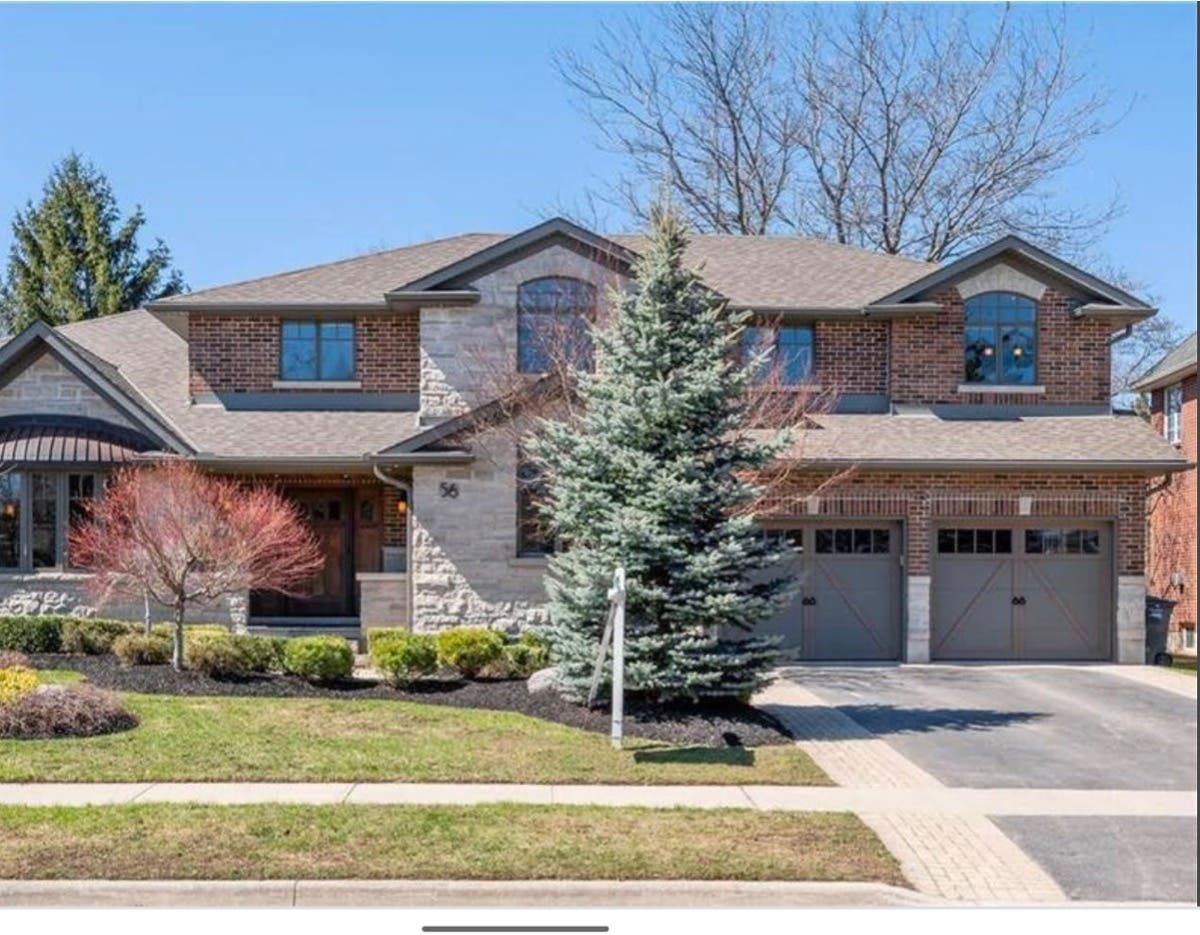Burlington, VT|Local Classified|Announcement|
Jacob Baranski on Custom Home Building: Foundations and Framework

I think everyone wants to build and live in their own customized home. Whether you live in an apartment, a small country four-over-four, or a mansion, it is hard to resist the lure of customization. Even people who've built their dream homes from the ground up may find themselves overcome with new ideas for remodeling and expansion.
What's funny is that every single dreamer who wishes to build their own customized home knows it will be complicated and difficult. They know how stressful it will be. They know it will very likely take longer than they thought it would, and may be more expensive than they planned. But they do it anyway because the dream of a customized home is just that strong.
As someone who chased that dream, I wanted in this article to convey some of the basic, introductory issues, complications, and rewards of my experience creating my own home. I hope my encounter with building a customized home will prepare you for what's in store, and help you create a plan that will save you time, money, and stress.
Details, Preparation, and More Details
If there's one thing I've learned from building my own customized home, it's that you are going to have to make choices. Many choices. The risk of decision fatigue is very real. After a while everything starts to blur together. Endless small decisions about tiling, fixtures, cabinetry, etc., can exhaust you for big issues like layout, lighting, windows, the things that greatly impact your home experience, and can't easily be changed later. But the solution is simple: thorough preparation.

Building a home is all about moving detailed plans into the real world. Check, double check, and triple check. Plan the work, and work the plan. Have a complete timeline of what the home building process should look like, from meeting with the architect to putting the locks in the doors, then think about where snags and delays are likely to occur. Your plan should be thorough enough that, if you're ever unsure about what to do, you can go back to it for guidance and confirmation.
There are plenty of ways to prepare for the unexpected. A neat trick, for example, is to buy a good 16' tape measure, some masking tape or string, and actually start measuring out the spaces of your home. Use your yard or any open space. Being able to 'see' the layout and shape of rooms can is enlightening, allowing you to make adjustments before the first drop of concrete is poured.
Measure out ceiling heights as well; the proportion is hard to understand before anything is built. Compare them to the ceilings of your current home. Ten-foot ceilings are amazing for central living areas, but too much space and it can feel like a warehouse. Bedrooms with high ceilings feel smaller and more cramped, as opposed to the cozy atmosphere most people want from their sleeping areas.
The Inevitable Risks of Customized Home Building
A big risk of a customized home build is temptation. As the project progresses, you may find yourself struck with a new idea, or feel like the current plan isn't exactly what you imagined. Stay on track. Changes that come later in the home building process cost more, and add time to a process that already takes way too long.
Any changes to your overall design must come early so that, instead of having to move an entire wall or reshape a foundation, all you have to do is move around some lines on a blueprint. There will be enough problems to deal with even on an ideal home building project, let alone one with big, last-minute changes. Make things easier for yourself via overpreparation.
Remember your outdoor space. Take inspiration from the area around your home, whether that is urban architecture or green spaces. It may be worth it to have your architect create a 3D rendering of your exterior, and consider their recommendations for exterior look and fixtures. You may even want to get your new neighbors involved, so that your stylistic choices will be properly integrated with the aesthetic of the surrounding area. No one wants to live in what everyone around you considers to be an out-of-place eyesore.

Conclusion: This Is Just the Beginning
https://www.linkedin.com/pulse/jacob-baranski-custom-home-building-foundations-jacob-baranski/